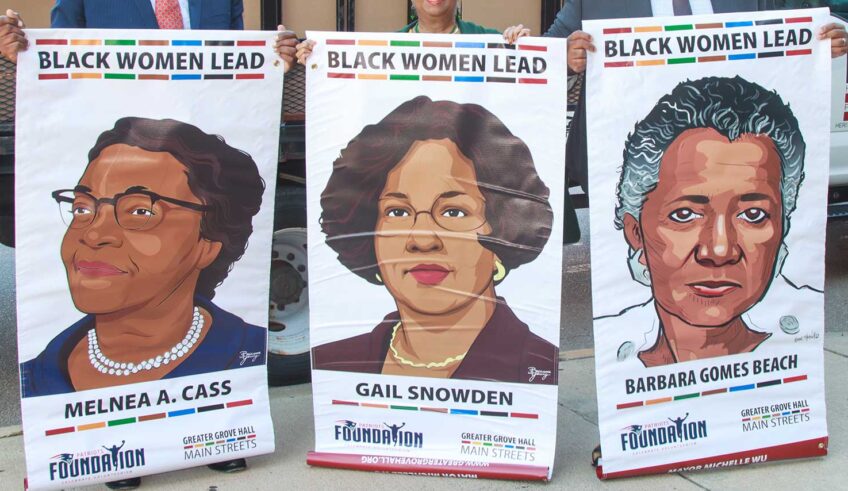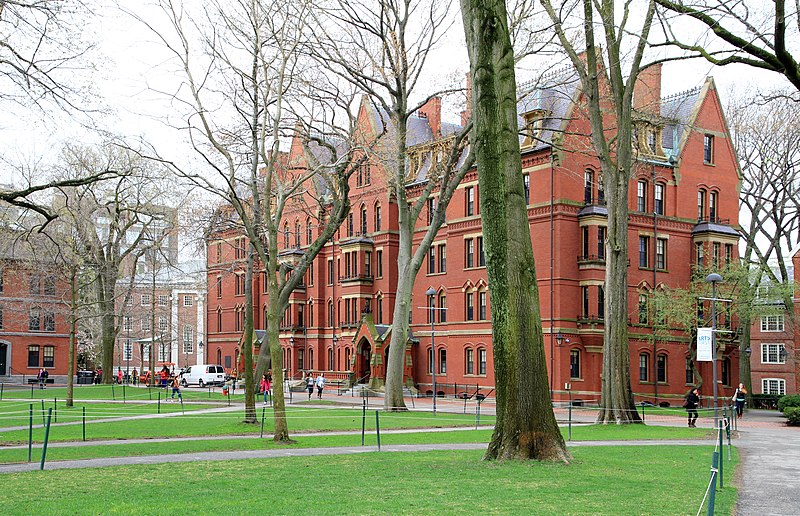Grady Wayne Wilkes, armed, guns down one Auburn, Alabama police officer and wounds two others. Pamela Turner, unarmed, is gunned down by a Baytown, Texas police officer. Wilkes is taken alive. Turner is killed. How do you explain this? Let’s walk through the checklist of differences to answer that question.
Wilkes had no precipitating physical encounters with the police before he opened fire. Turner did have prior encounters with the police. She reportedly grappled with the officer over his taser, and seemingly posed a direct threat to the officer, triggering the killing. She had reported mental challenges.
These incidental facts on the surface seemingly would be enough to tag the cases as two different cases, two different circumstances and two different, not unpredictable outcomes. But now there are these add-ons. Wilkes is white. He’s an ex-military man. Turner is African American. This in itself might not raise the cry of a racial double standard in police encounter cases. What does raise the cry is why so many young whites can kill police officers and live to see a day in court. The same question hangs heavy after a mass terror shooting when the shooter is a young white male. In almost all cases they are taken alive. The only exception is when they kill themselves.
There’s no mystery in the impotence in response to the grave threat guys like Wilkes pose. He is white, male and a patriot. He had the right racial and social pedigree that immunized him from profiling, surveillance and scrutiny, not to mention from having a repeated arrest record, vigorous prosecution, conviction and a lengthy stretch behind bars.
Countless surveys and studies have repeatedly shown that there’s no such rarified pass from scrutiny for black or Hispanic males. And that holds increasingly, as in the case of Turner, for black females as well.
There are also differences in how the alleged black assailant is described. Turner’s arrest record and history of mental issues was quickly splattered all over the headlines. Baytown police officials quickly closed ranks. They vigorously defended the shooting. But to quiet things down, they placed the cop who killed her on the pro forma administrative leave and promised a thorough investigation. There was no mention of whether the officer had any prior complaints or disciplinary action against him.
Wilkes got a far different response. In fact, the response was almost no response. His slaying of the officer was reported, police officials expressed regret and sadness, and the officers assaulted and killed were lauded. But there was no vilification of Wilkes. There was no digging into his personal history and background, even though the officers were there because of a report of domestic violence.
If Wilkes had gone on a mass killing rampage, another predictable pattern would have kicked in. There would have been an avalanche of news clips, press reports and news features on him. He would have been described as “troubled,” “a loner,” ‘hostile” and “no clue he was dangerous.” Trump, after one such mass murder, jumped in with the stock characterizations reserved for white mass killers, as “mentally disturbed,” “bad and erratic behavior” and with what’s hardly the revelation of the ages, “a big problem.”
The Charlottesville, Virginia rampage by assorted white nationalist groups in August 2017 should have sounded loud the alarm bell that there are more than a few impressionable, distraught, alienated and unhinged young white males. They have easy access to the big killer guns, and stocks of ammo. They are not routinely profiled by police. So, they can take pictures with guns, parade with guns publicly and blast away at rifle ranges or at training sites. They have no fear of exposure or arrest.
The painful fact is that Wilkes is an integral part of this sordid American saga. He could easily be the neighbor next door, the parent at a PTA meeting at a local school or church, and always a resident of a largely white suburban community. This makes it a near impossibility to turn the mirror inward and admit that that guy who many merely write off as an eccentric, a loner or just a plain oddball could easily turn into a mass killer.
Wilkes has a couple of other pluses that insulate him from the type of character taint reserved for Turner. He’s a military guy, and that makes him even more of an insider. This makes it even easier to see no evil and hear no evil about men such as him. When they snap and kill cops, they walk away upright and the cop-killing quickly fades from the news.
Wilkes will likely be hit with a death penalty charge for the murder of the Auburn officer. After all, it is Alabama. However, he will not be labeled a perennial menace to society or a terror threat. That will not be the case for men and women like Turner. The proof: She’s dead. He’s alive.
Earl Ofari Hutchinson is an author and political analyst.






